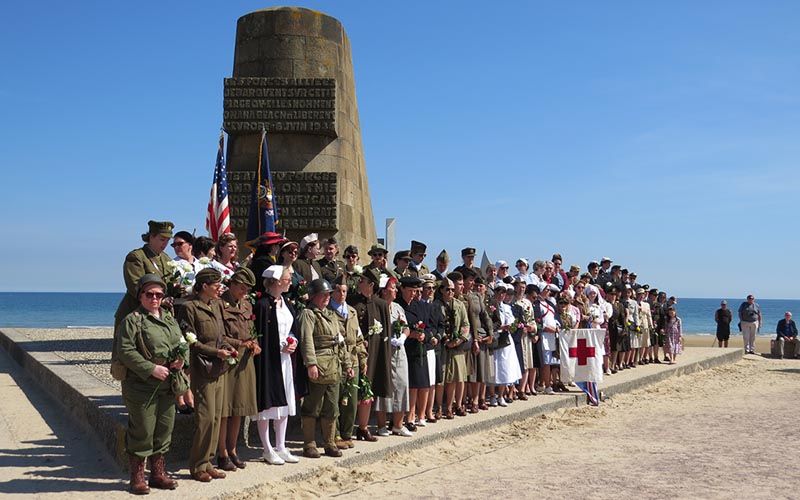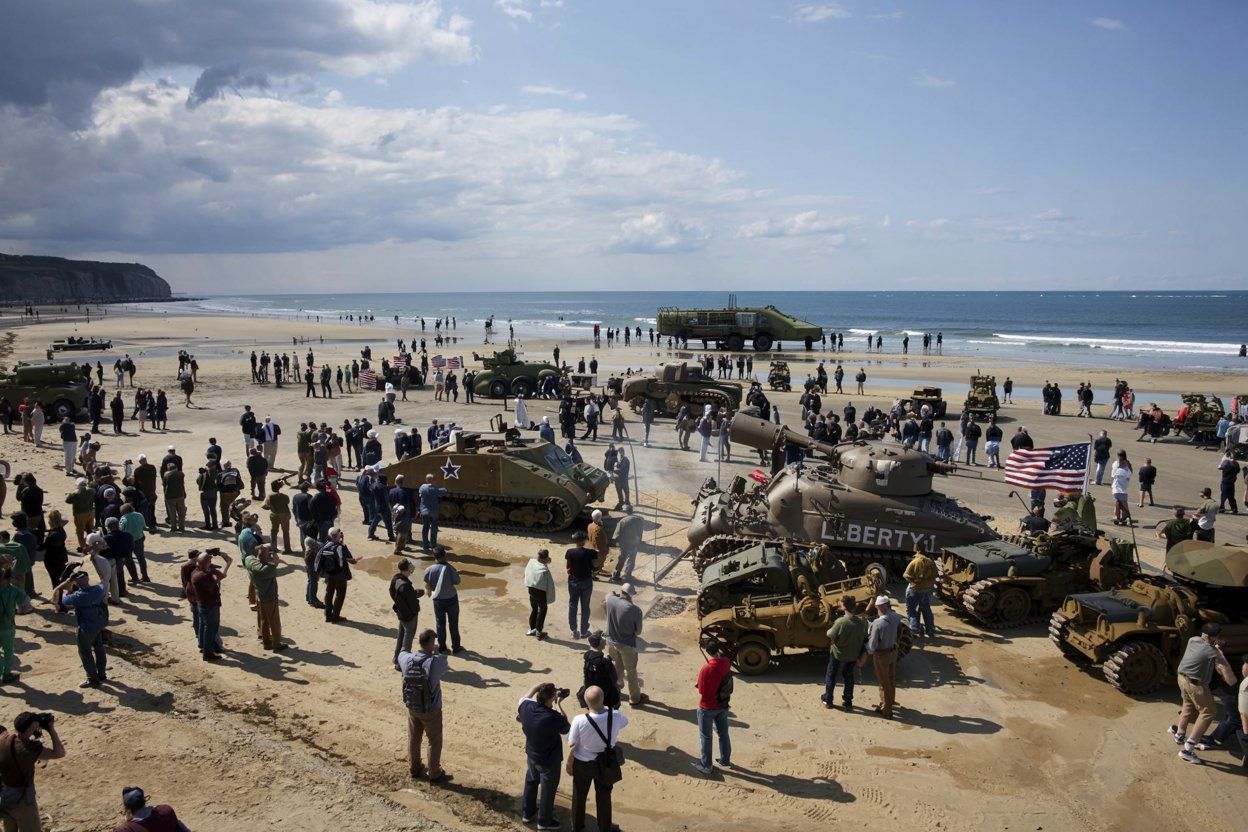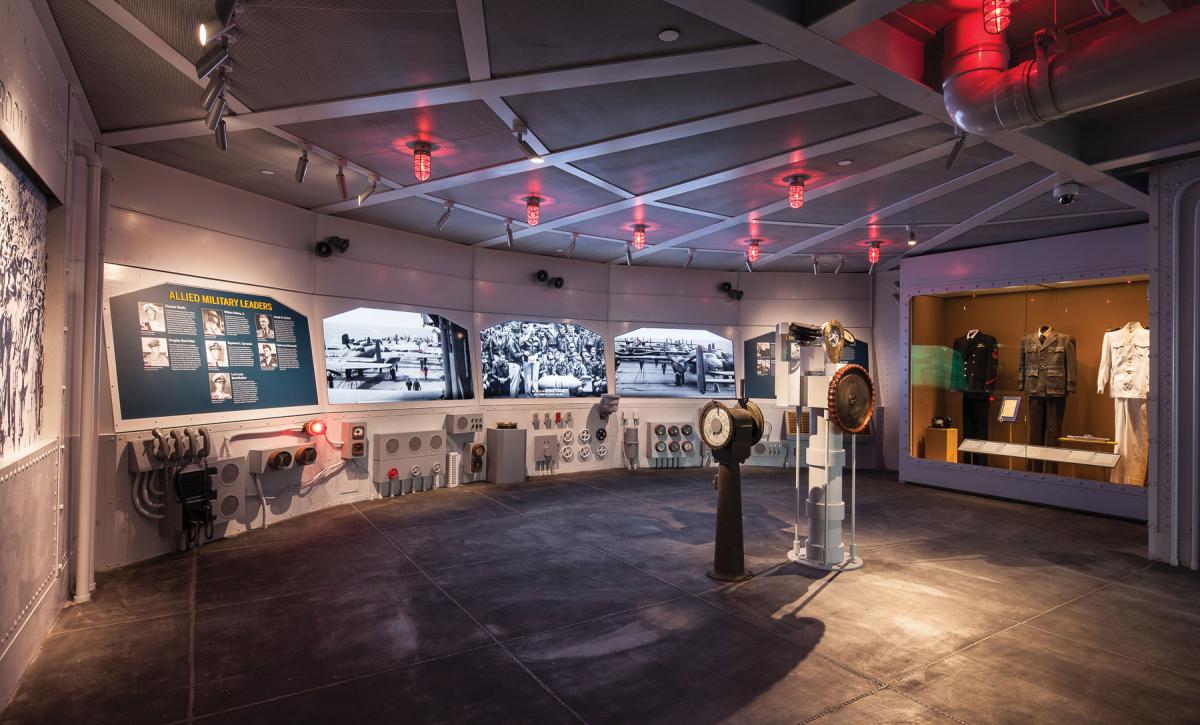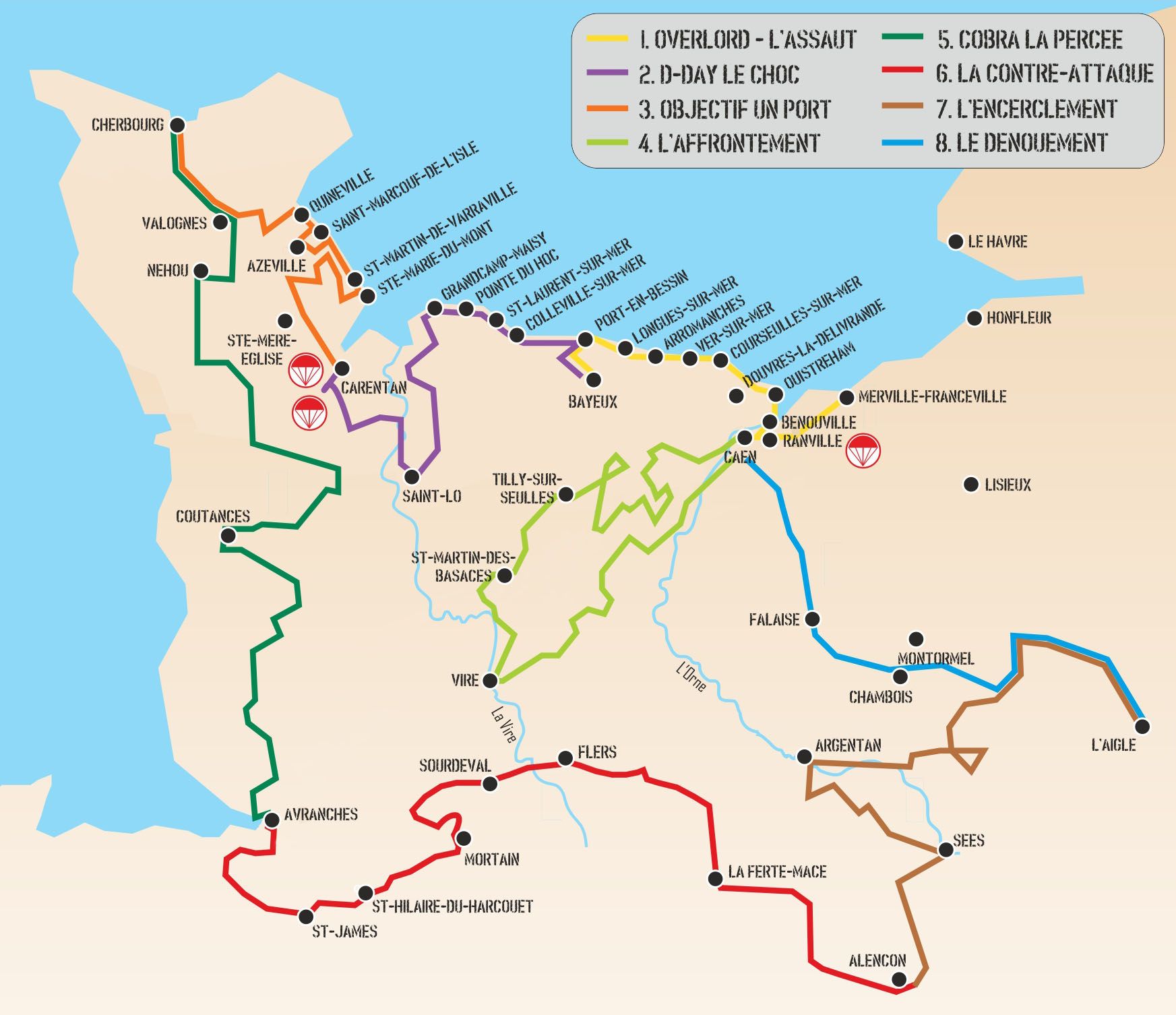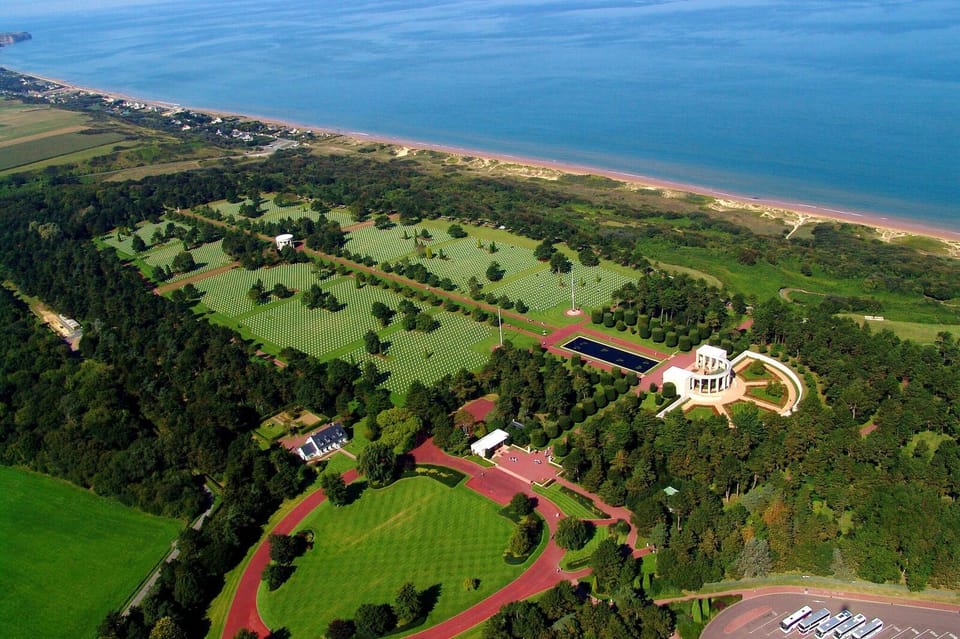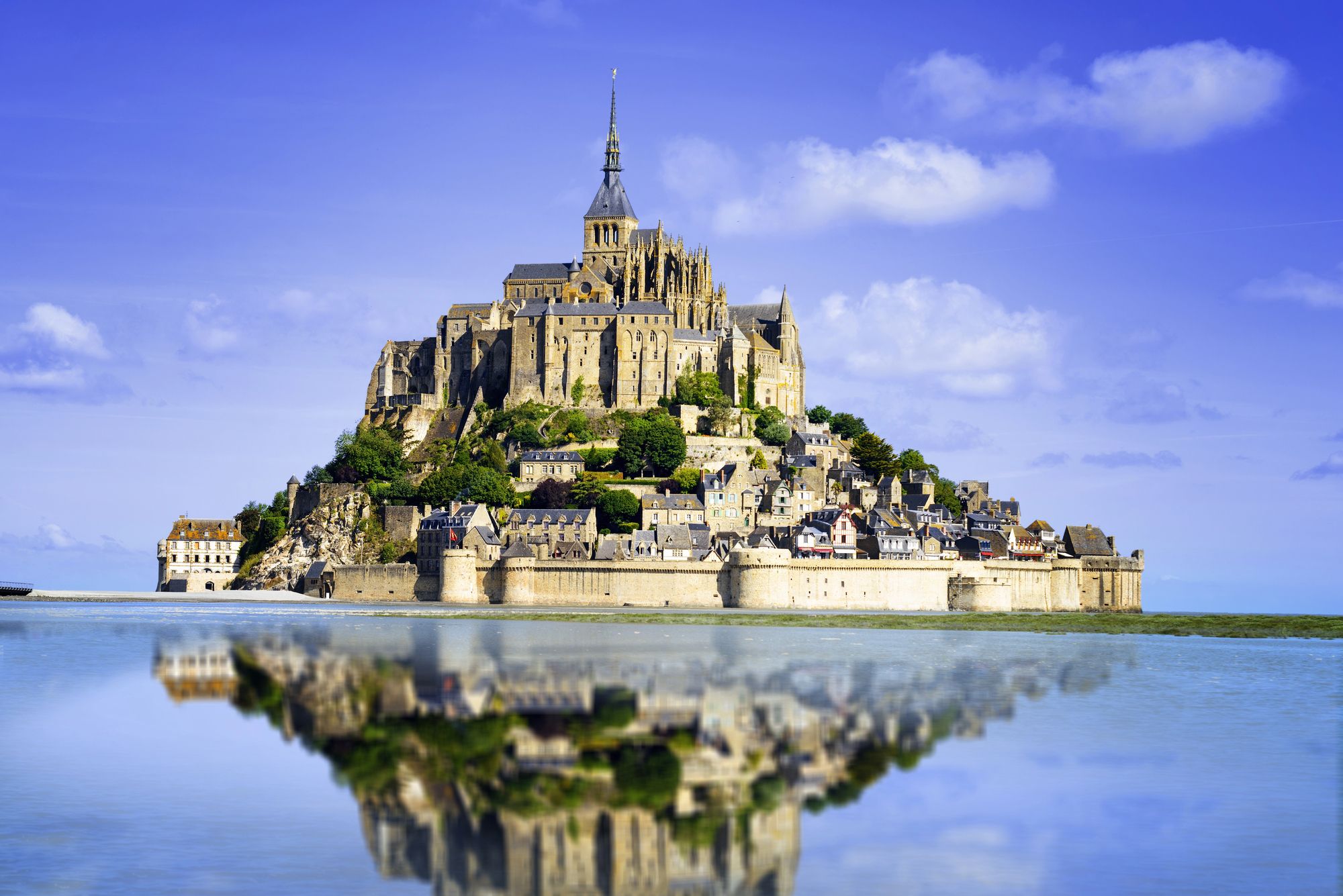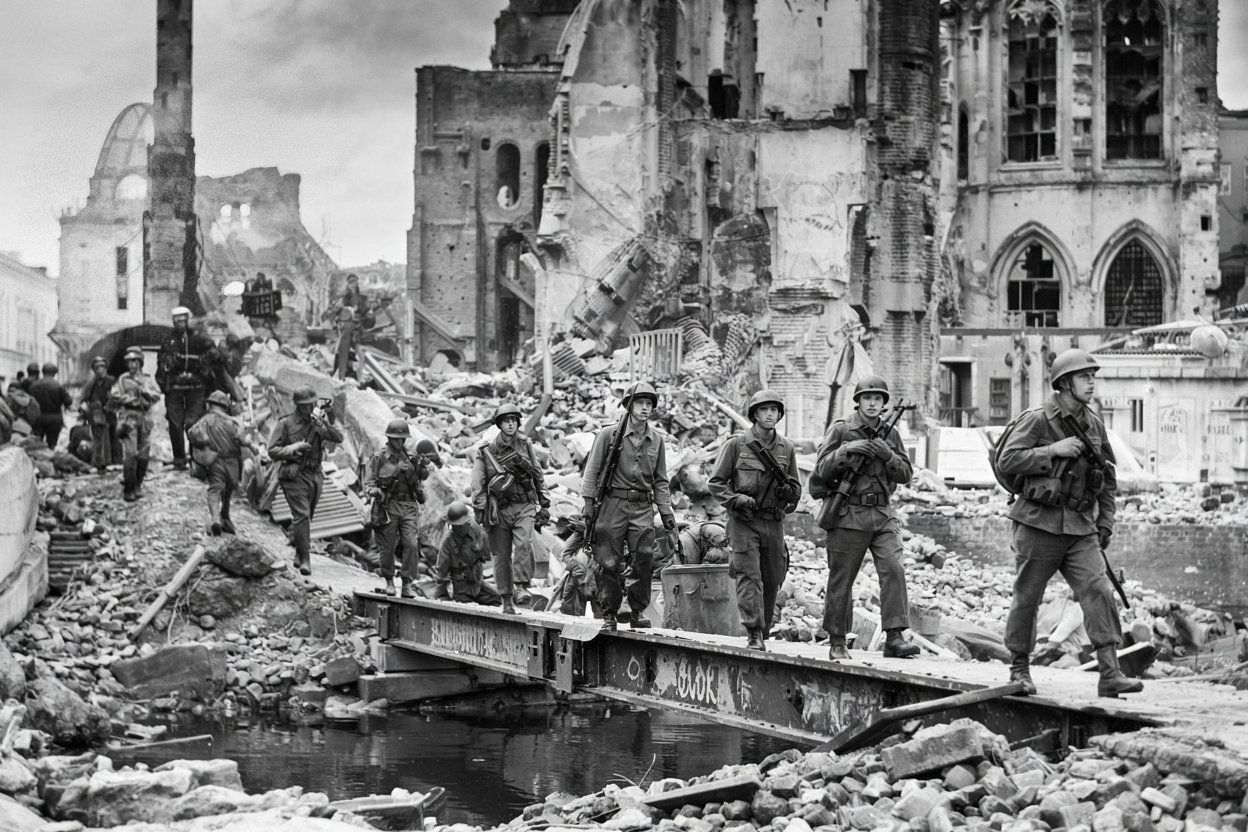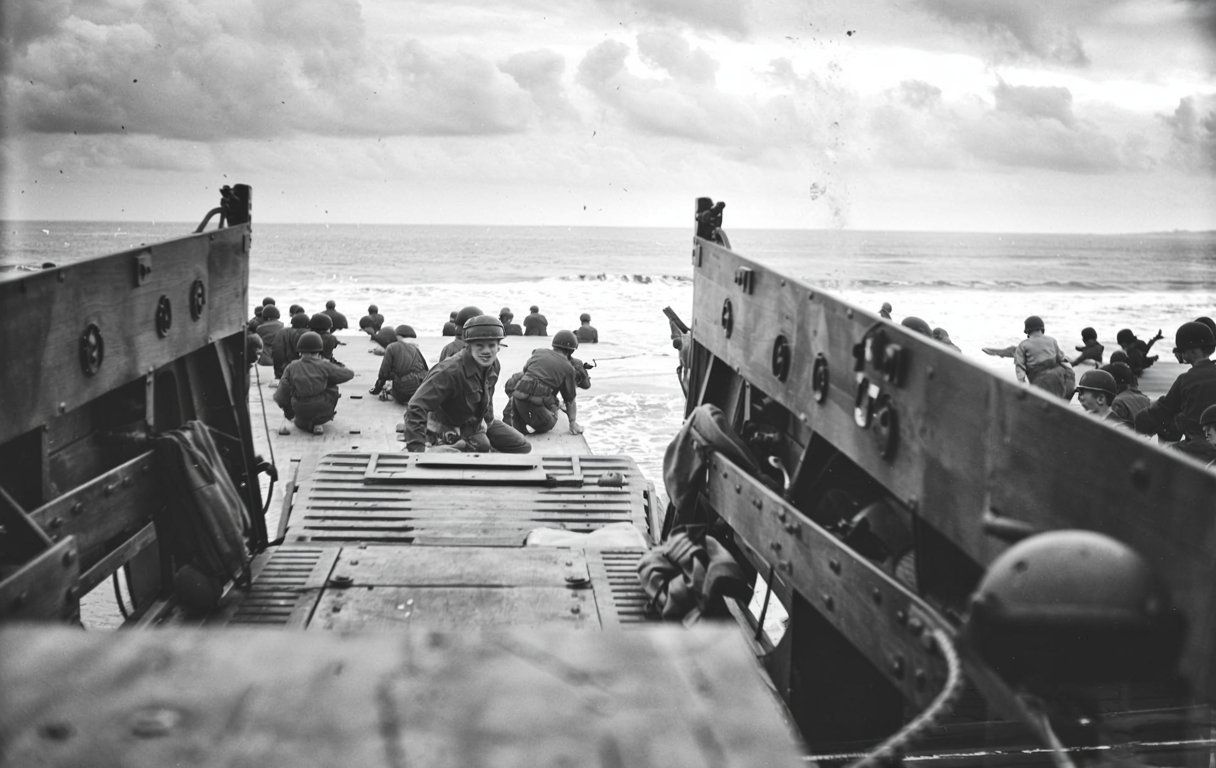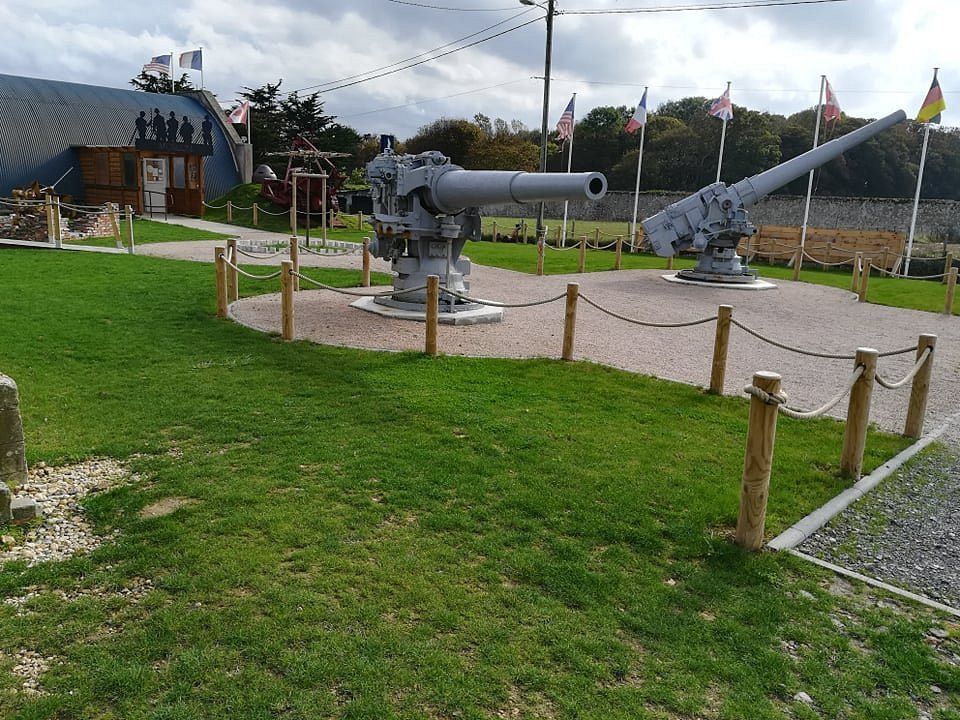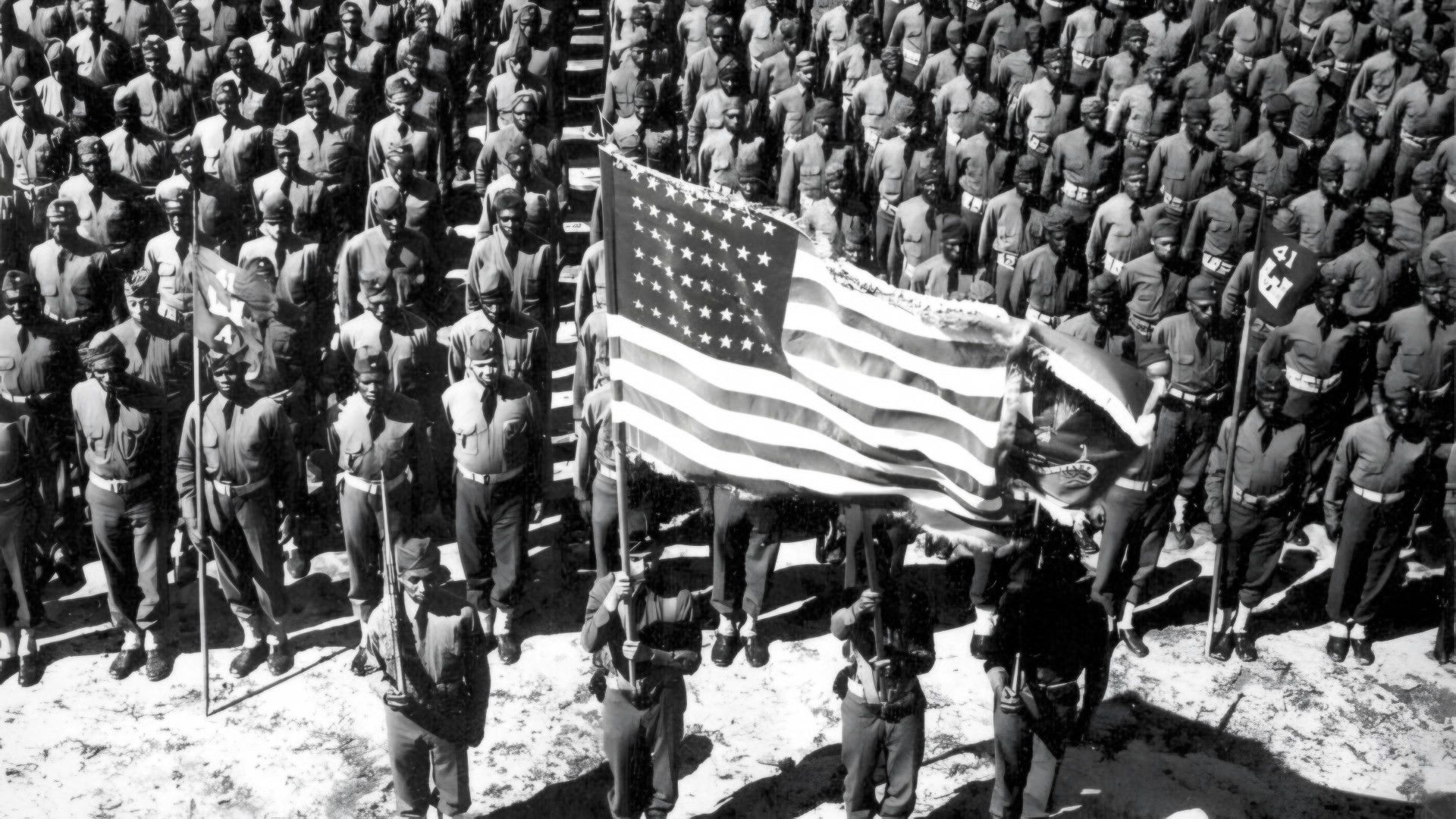World War II turned European industry upside down. The fighting wrecked factories, railways, and whole cities.
By 1945, industrial production in many European countries had dropped to less than half of what it was before the war.
The war really split Europe in two. Germany and the other Axis powers watched their industrial centers get bombed and torn apart. Countries under occupation lost control of their factories and resources.
The Nazi regime forced millions into labor camps to keep things running. It’s a grim chapter.
After 1945, Europe’s recovery went in two directions. Western European nations rebuilt with American help through the Marshall Plan.
Eastern Europe came under Soviet control and took a very different road. Those choices shaped European industry for decades, and you can still see the results today if you visit old battlefields or industrial sites.
Pre-WWII European Industrial Landscape
Europe’s industrial capacity hit impressive heights during the years between the wars. Sure, World War I and the Great Depression made things rough, but the big powers managed to rebuild their manufacturing systems anyway.
They competed hard for markets and resources, always trying to outdo each other.
Industrial Growth Before WWII
European industry grew fast in the 1920s. Countries rebuilt war-damaged factories, and new technologies made production better in steel, chemicals, and machinery.
Germany led the way, swapping out destroyed facilities for modern equipment. Steel production in Germany jumped from 9 million tons in 1920 to 16 million tons by 1929.
Chemical giants like IG Farben became world leaders in synthetic materials. That’s pretty impressive.
Britain stayed strong in textiles and shipbuilding. In the early 1920s, it produced 40% of the world’s exported manufactured goods. But older British factories found it hard to compete with Germany and the U.S., who had newer setups.
France rebuilt its northeastern industrial regions with updated tech. The government put a lot of money into hydroelectric power and aluminum. Steel output there doubled between 1920 and 1929.
The Great Depression hit hard after 1929. Industrial production fell by 25% across Europe between 1929 and 1932.
By the mid-1930s, governments started spending more on the military, which helped things pick up again.
Legacy of World War I on Industry
World War I wrecked much of Europe’s industrial infrastructure between 1914 and 1918. Factories switched to weapons production, and bombing damaged key facilities in France and Belgium.
Germany lost important industrial territories because of the Treaty of Versailles. The Saar Basin’s coal mines went to France for 15 years, and Alsace-Lorraine’s steel mills returned to French hands.
War debts pushed European nations to rebuild fast. Britain owed $4.3 billion to the United States. France needed money to fix its devastated regions.
The war brought new industrial practices that stuck around after 1918. Mass production techniques spread from weapons to consumer goods. Women took factory jobs that men used to hold.
Reparation payments dragged down German industry through the 1920s. Germany paid in goods and materials instead of cash, which kept some factories open but made it tough to invest in new equipment.
Major Industrial Powers in Europe
Germany dominated European heavy industry, even after losing territory. The Ruhr Valley held Europe’s biggest concentration of steel and coal production. Companies like Krupp and Thyssen ran vast industrial networks.
| Country | Steel Production (1937) | Coal Output (1937) |
|---|---|---|
| Germany | 19.8 million tons | 184 million tons |
| Britain | 13.2 million tons | 244 million tons |
| France | 7.9 million tons | 45 million tons |
| Soviet Union | 17.7 million tons | 128 million tons |
Britain kept its edge in shipbuilding and textiles. The country built 35% of the world’s new ships in 1937. Manchester and Liverpool thrived as centers for cotton processing and export.
France focused on luxury goods and precision engineering. Paris became the hub for car production with Renault and Citroën. The country also grew its aviation industry with companies like Dassault.
The Soviet Union launched huge industrialization programs in the 1930s. Five-year plans created new steel centers in the Urals and Ukraine. Industrial output soared by 250% between 1928 and 1937.
Effects of WWII on Industrial Capacity and Infrastructure
World War II devastated European industry. Systematic bombing and ground combat wiped out thousands of factories, crippled transportation, and left some regions worse off than others.
Destruction of Factories and Plants
Allied bombing campaigns hit key industrial centers all over Nazi-occupied Europe. The Royal Air Force and U.S. Army Air Forces took out steel mills, aircraft factories, and chemical plants in Germany’s Ruhr Valley.
By 1945, Germany had lost about 20% of its industrial capacity. Cities like Hamburg, Dresden, and Berlin saw their manufacturing districts reduced to rubble.
The Krupp steelworks in Essen got hit hard by repeated air raids. France’s industrial regions suffered too.
The Renault factories outside Paris were bombed several times. Mining operations in northern France stopped completely during the occupation.
Key Industrial Losses:
- Steel production facilities
- Aircraft manufacturing plants
- Chemical processing centers
- Textile mills
- Mining equipment
Italy’s northern industrial triangle—Milan, Turin, Genoa—took heavy bombing as well. Fiat’s main facilities got hit again and again. Many smaller manufacturers never managed to reopen after the war.
Targeting of Transportation Networks
Bombing campaigns hammered railroads, bridges, and ports. These attacks aimed to disrupt supply lines and troop movements. The strategy worked well, crippling industrial production.
Germany’s rail network took a beating. Allied forces destroyed over 9,000 locomotives and 100,000 rail cars. Major rail yards in Munich, Frankfurt, and Cologne got bombed repeatedly.
Bridge destruction isolated industrial regions. The Allies targeted river crossings along the Rhine and Danube. That cut off coal supplies to steel mills and stopped finished goods from reaching markets.
Transportation Infrastructure Damage:
- Railway lines and stations
- Road and rail bridges
- Ports and harbors
- Canals and waterways
- Fuel depots
European ports didn’t fare much better. Hamburg’s docks were heavily damaged. Rotterdam’s port facilities were destroyed during the 1940 German invasion and then again by Allied bombing.
Regional Disparities in Damage
Industrial damage wasn’t the same everywhere. Some regions got hammered, while others escaped with less damage.
The Ruhr Valley in Germany faced the worst industrial destruction. Before the war, this area produced 60% of Germany’s steel. By 1945, most major facilities couldn’t operate.
Britain’s industrial cities took a hit during the Blitz. Coventry lost most of its aircraft manufacturing capacity. Sheffield’s steel mills were targeted again and again, but some managed to keep running.
Damage Levels by Region:
- Severe: Ruhr Valley, Northern France, Northern Italy
- Moderate: Southern Germany, Eastern England, Belgium
- Light: Southern France, Spain, Scandinavia
Eastern Europe saw different patterns. The Soviet retreat destroyed facilities to keep them from the Germans. Poland’s industrial base was systematically dismantled during occupation.
Neutral countries like Switzerland and Sweden kept their industrial capacity intact. They became important suppliers of specialized goods during the recovery.
Changes in Industrial Production During the War
Between 1939 and 1945, European nations completely overhauled their manufacturing systems to meet wartime needs. Factories switched from making consumer goods to weapons and military equipment. Millions of workers were mobilized, and new manufacturing techniques emerged.
Shifts to Military Production
Factories across Europe stopped making civilian products. They started producing tanks, aircraft, and ammunition.
Germany converted car manufacturers like Volkswagen into military vehicle plants. British textile mills switched from clothing to parachutes and uniforms.
France restructured its steel industry to produce artillery shells before the Germans occupied the country. After 1940, German-controlled territories focused all major industrial output on the Nazi war machine.
Key production changes included:
- Automobile plants building tanks and aircraft engines
- Chemical companies making explosives instead of fertilizers
- Electronics firms producing radar equipment and communication devices
- Shipyards focusing on military vessels
The switch happened fast in most places. Britain finished its industrial conversion within two years of entering the war.
This rapid change meant the government took control of private companies and strictly allocated resources.
Mobilization of Labor Forces
European nations brought in millions of new workers to replace men who left for the front. Women flooded factories, taking on jobs they’d never held before.
Britain put over 7 million women to work in manufacturing by 1943. Germany relied on forced labor from occupied countries to keep production up.
Soviet prisoners, French workers, and concentration camp inmates toiled in German factories under brutal conditions.
Countries extended working hours and did away with most holidays. Factory shifts often ran 12 hours a day, seven days a week.
Britain introduced mandatory overtime for essential war industries.
Labor force changes:
- Women made up 35% of the industrial workforce by 1944
- Elderly workers came out of retirement
- Teenagers as young as 16 worked full-time shifts
- Foreign workers made up 20% of German industrial labor
Training programs taught new workers the basics in just weeks. Simplified assembly lines helped people learn complex manufacturing tasks quickly.
Technological Innovations in Manufacturing
War needs pushed manufacturers to work faster and smarter. Assembly lines spread from cars to aircraft and weapons. Mass production slashed the time needed to build complex equipment.
New welding techniques let shipyards build ships in sections, then put them together quickly. British shipyards cut construction time for cargo vessels from months to weeks.
Precision manufacturing got a big boost for aircraft engines and artillery. German factories developed new metal alloys that worked better under extreme conditions.
Major innovations included:
- Standardized parts across different manufacturers
- Quality control systems to reduce defective products
- Automated machinery for repetitive tasks
- New materials like synthetic rubber and plastics
European countries shared some technology with allies, but they kept military secrets close. These wartime breakthroughs later changed how civilian manufacturing worked across Europe.
Resource Management and Economic Policy
During World War II, European nations overhauled their economies through centralized planning, material substitution, and systematic exploitation of occupied lands. These moves squeezed the most out of industry, even as resource shortages got worse.
Economic Planning and Centralization
Germany set up the most centralized planning system in Europe. The Reich Ministry for Armaments and War Production took charge of industrial priorities in 1940. This agency handed out raw materials based on military needs instead of letting the market decide.
Britain created the Ministry of Production in 1942. This department coordinated factory output across the country.
The ministry set production targets for aircraft, ships, and weapons. France did something similar after 1940.
The Vichy government funneled resources toward German war demands. Factory owners lost control over what they could produce.
Key Planning Methods:
- Fixed production quotas for essential goods
- Government allocation of steel, rubber, and fuel
- Conversion of civilian factories to military use
- Labor conscription for vital industries
The Soviet Union expanded its five-year plan system. Soviet planners moved whole factories east to keep them away from German forces. This huge effort kept weapons production going through the war.
Use of Ersatz Commodities
When traditional resources ran out, European countries developed substitute materials. Germany led the way, launching systematic ersatz programs to replace imports with homegrown alternatives.
Common Ersatz Materials:
| Original Material | Substitute | Primary Use |
|---|---|---|
| Rubber | Synthetic buna | Tires, gaskets |
| Coffee | Roasted grain | Civilian consumption |
| Leather | Paper, cloth | Shoes, belts |
| Gasoline | Wood gas | Vehicle fuel |
German chemists made synthetic rubber from coal and limestone. By 1943, this process supplied 90% of Germany’s rubber needs. That kept vehicle production alive despite Allied blockades.
Food ersatz became normal in occupied Europe. Restaurants served ersatz coffee made from chicory and barley. Bakers used potato flour when wheat ran low.
Britain had its own substitution programs. Factories made margarine from whale oil when butter imports stopped. Clothing manufacturers switched to rayon instead of silk for parachutes.
Exploitation of Occupied Territories
Germany didn’t just invade European countries, it systematically squeezed resources out of them. The Reich set up economic exploitation offices in every occupied nation. These offices shipped raw materials, food, and manufactured goods straight to Germany.
Major Resource Extraction:
- France: Steel, coal, agricultural products
- Norway: Aluminum, fish, timber
- Eastern Europe: Oil, grain, livestock
- Low Countries: Industrial equipment, chemicals
French factories pumped out goods exclusively for the German military. The Reich grabbed French trucks, aircraft engines, and precision instruments. German authorities forced French workers into mandatory labor service in German factories.
Norway handed over aluminum for German aircraft production. German companies took over Norwegian hydroelectric plants. These plants powered aluminum smelting operations throughout the occupation.
Eastern European territories became food suppliers for German cities. After 1941, Ukraine turned into Germany’s main grain source. German agricultural offices dictated farming decisions in occupied Poland and Czechoslovakia.
The exploitation system left occupied countries with harsh shortages. People faced food rationing and barely saw industrial goods. This constant resource drain fueled German war production but left locals struggling and resistance efforts weakened.
Post-War Recovery and Reconstruction
Europe’s industrial recovery after World War II didn’t just happen overnight. The continent needed massive financial aid, rebuilt factories, and the creation of new manufacturing sectors. This transformation took almost a decade and changed Europe’s economic landscape for good.
Marshall Plan and International Aid
The Marshall Plan kicked off in 1948, becoming the backbone of Europe’s recovery. The United States sent $13 billion in aid to 16 Western European nations over four years.
The program didn’t just toss money around. It targeted specific industries. Germany and France got priority funding for steel production. Coal mining in Belgium and the Netherlands received new equipment and infrastructure.
Key Marshall Plan Contributions:
- Modernized factory equipment
- Raw materials for production
- Technical expertise transfer
- Transportation network repairs
Britain landed the biggest share at $3.2 billion, with France close behind at $2.7 billion. These funds helped most participating countries get back to pre-war production levels by 1950.
But the aid came with strings attached. Countries had to lower trade barriers and work more closely with each other. This requirement started paving the way for future European economic integration.
Rebuilding Industrial Capacity
European countries didn’t all take the same route to rebuild their industries. Germany zeroed in on heavy industry in the Ruhr Valley. France used state planning to focus on steel and car production.
Britain and other non-occupied countries hit pre-war industrial levels by 1947. Germany and Italy took until 1950 to catch up to their 1938 output.
Reconstruction Priorities by Country:
- Germany: Steel mills, chemical plants, machinery production
- France: Coal mines, steel works, transportation equipment
- Italy: Textiles, automotive assembly, shipbuilding
- Britain: Aircraft manufacturing, electronics, precision instruments
New production methods started to spread during this rebuilding. Assembly line techniques jumped from car factories to other industries. Manufacturing across the board improved quality control.
Workforce training programs fueled the industrial revival. Veterans picked up new skills for modern factory work. Women stepped into manufacturing jobs that men had left behind.
Emergence of New Industries
The reconstruction years sparked all sorts of new industries across Europe. Electronics manufacturing took off as people wanted radios and, eventually, televisions.
Petrochemical industries grew fast. Plastic manufacturing started in Germany and quickly spread through Western Europe. Synthetic materials began replacing old-school inputs in many products.
The automotive industry didn’t just recover, it expanded. Volkswagen resumed production in 1948. French companies like Renault and Citroën modernized their factories with Marshall Plan money.
New Industry Development:
- Electronics: Radio, television, early computers
- Chemicals: Plastics, synthetic fibers, pharmaceuticals
- Aviation: Commercial aircraft, jet engines
- Consumer goods: Household appliances, processed foods
Research and development picked up speed alongside production. European companies started competing with American firms in advanced tech. Europe began shifting from just rebuilding to driving innovation.
These new industries created jobs for millions. They also brought in export revenue, giving the continent’s economic recovery another boost.
Long-Term Consequences for European Industry
World War II didn’t just change borders, it completely transformed European industry. The war shifted global industrial power to America, sped up technological advances, and nudged European nations toward economic cooperation like never before.
Shifts in Global Industrial Leadership
World War II ended Europe’s run as the world’s industrial powerhouse. The United States took over as the top manufacturing nation while Europe tried to recover.
Before 1939, Germany, Britain, and France ran much of global industry. The war wrecked their factories, supply chains, and workforces. Meanwhile, American industry exploded to supply Allied forces.
By 1945, the United States produced almost half the world’s manufactured goods. European countries struggled just to get basic production going again. Germany’s industrial output dropped to a quarter of its pre-war level.
Britain lost its spot as a major steel and textile producer. France took years to rebuild its car and chemical industries. Italy had to start almost from scratch.
The Marshall Plan gave Europe a boost but also made it rely on American technology and equipment. European companies brought in American machinery and production methods to modernize their industries.
Transformation in Labor and Technology
After the war, European industries adopted new technologies way faster than they had before. Labor shortages pushed companies to automate and get more efficient.
So many skilled workers had died or were still displaced. Companies invested in machines to make up for the missing workforce. This shift really sped up industrial modernization across Europe.
German factories led the way with new manufacturing techniques during reconstruction. They brought in advanced equipment and streamlined their processes. This groundwork later helped Germany’s industrial boom.
Training programs sprang up to teach workers new skills. Governments funded technical education to build a skilled workforce. Women took on industrial jobs in bigger numbers than ever before.
Production methods changed for good. Mass production became the norm. Quality control got better, making European products more reliable. These improvements helped European goods compete around the world.
Economic Integration and Cooperation
For the first time in modern history, European nations actually started working together on economic matters. The war had shown everyone just how easily isolated economies could fall apart.
In 1951, six countries came together and formed the European Coal and Steel Community. They decided to pool their coal and steel resources under one shared management, hoping it would stop future fights over raw materials.
Over time, trade barriers between European countries faded away. The European Economic Community set up a common market in 1957. Suddenly, companies could sell products across borders without worrying about tariffs.
Industries across Europe began to specialize. Countries focused on what they did best. Germany put its energy into machinery and chemicals. Italy leaned into textiles and car parts.
Cross-border investment took off. European companies started building factories in neighboring countries. This kind of integration built supply chains that tied national economies together, making it hard to imagine another war breaking out between these members.

